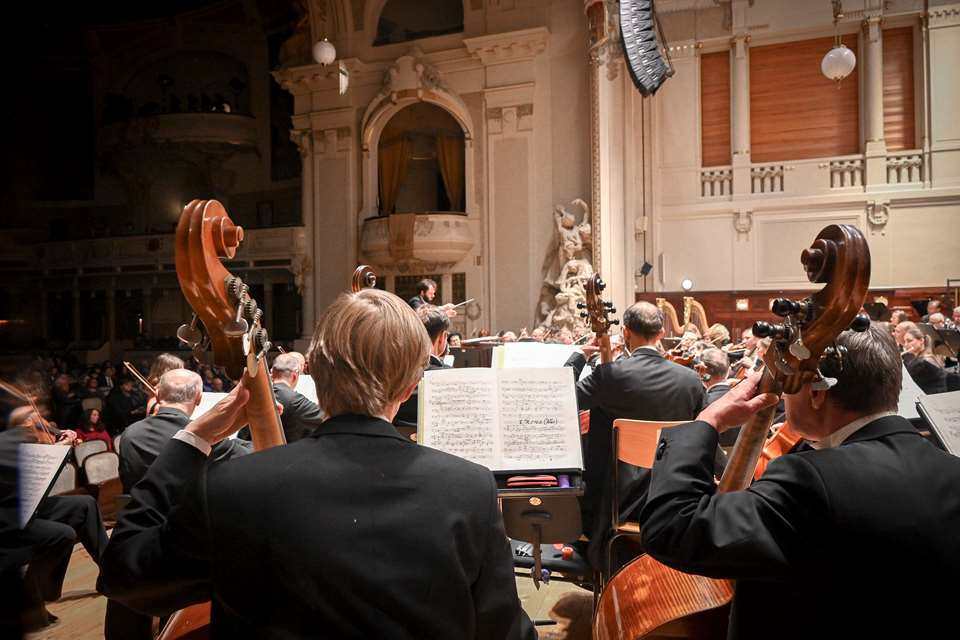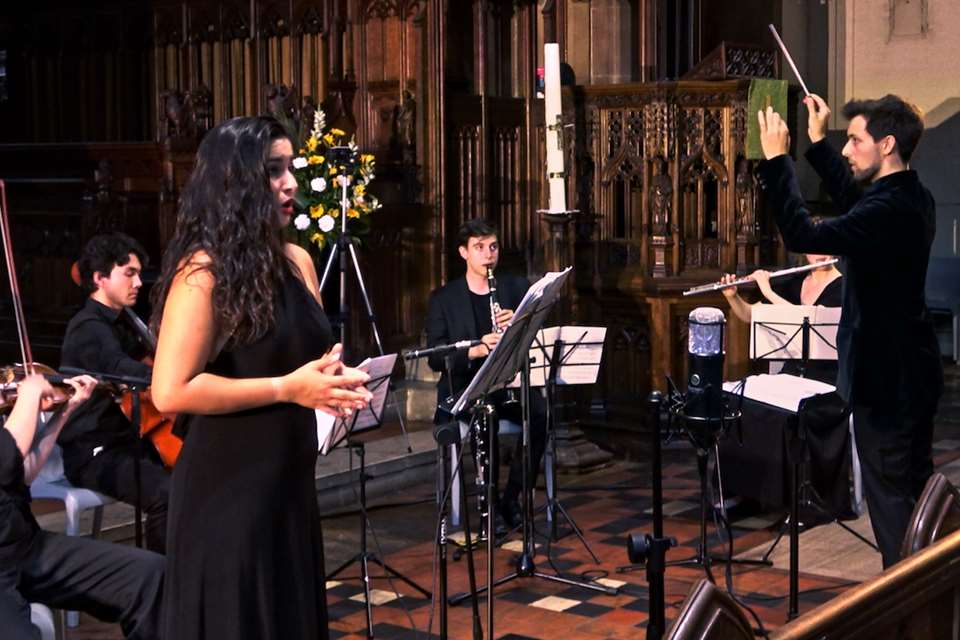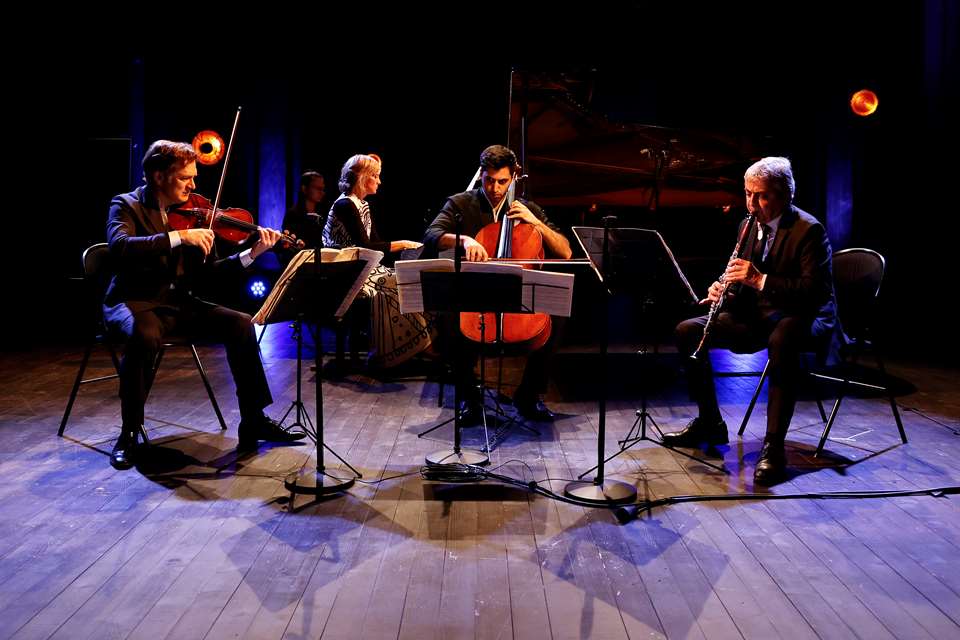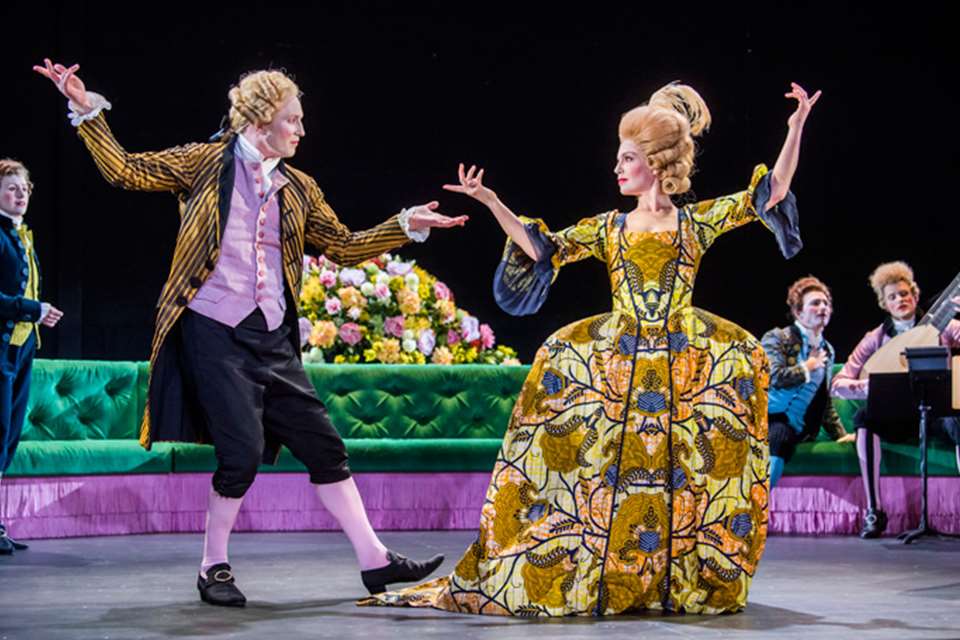Lammermuir Festival: 'Quite a big beastie'
Simon Mundy
Friday, July 22, 2022
Simon Mundy talks to joint artistic directors Hugh Macdonald and James Waters about this gem at the end of the Scottish festival season
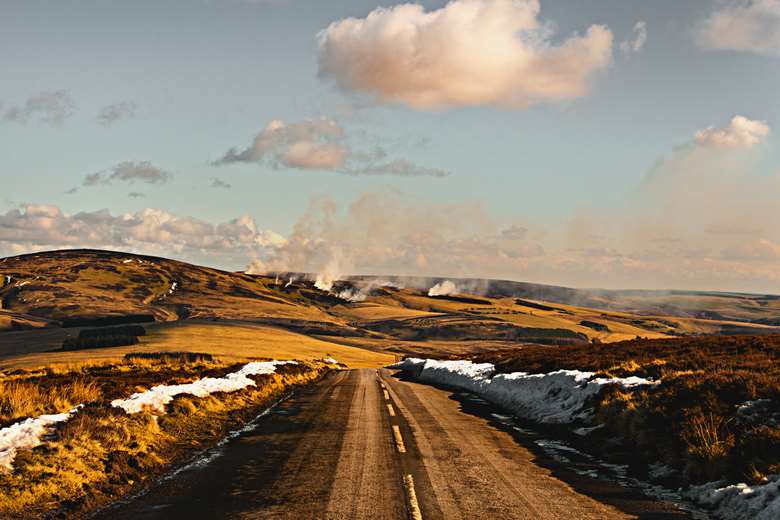

Register now to continue reading
Don’t miss out on our dedicated coverage of the classical music world. Register today to enjoy the following benefits:
- Unlimited access to news pages
- Free weekly email newsletter
- Free access to two subscriber-only articles per month
